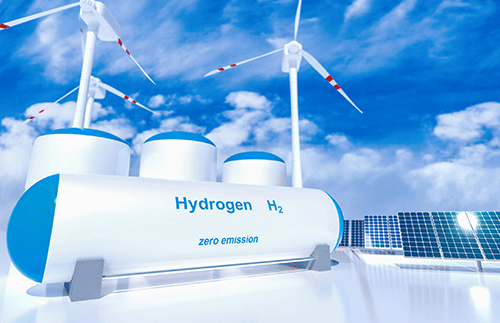Namibia's Green Hydrogen Ambitions: A Blueprint for Economic Transformation
Key Ideas
- Namibia is progressing in the green hydrogen sector to become a global hub for green energy production and exports, aiming to export products like ammonia and derivatives instead of just hydrogen.
- The country's green industrialization strategy promises to diversify exports, create labor-intensive growth, and attract grants to derisk green hydrogen projects for feasible investments.
- Vision 2030 outlines Namibia's goal to be a secondary sector-driven economy focusing on manufacturing and knowledge-intensive sectors, with an emphasis on export diversification and globally-competitive products.
- The green hydrogen strategy aims to produce hydrogen derivatives at competitive costs, including ammonia, methanol, synthetic kerosene, and hot briquetted iron for export to markets in Europe, China, Japan, South Korea, and beyond.
Namibia is actively advancing in the green hydrogen sector with the goal of becoming a global center for green energy production and exports. The government's focus on green industrialization presents a significant opportunity for the country to expand exports and foster economic growth through labor-intensive means. In an interview, the green hydrogen commissioner, James Mnyupe, emphasized the intention to export products like ammonia and derivatives from pilot projects, highlighting hydrogen as an enabling agent for various products. The country is seeking grants to support the derisking of green hydrogen projects to attract commercial funding and ensure project feasibility.
James Mnyupe also discussed Namibia's Vision 2030, which envisions the country as a secondary sector-driven economy emphasizing manufacturing and knowledge-intensive sectors. The green industrialization blueprint, initiated in 2004, aims to catalyze the creation of a diversified, industrialized economy focusing on skill development and export diversification. Namibia's green hydrogen strategy targets the production and export of hydrogen derivatives at competitive costs, including ammonia, methanol, synthetic kerosene, and hot briquetted iron, which have lower shipping costs, positioning Namibia to serve global markets effectively.
The article also clarifies a previous misinterpretation regarding remarks made by Mnyupe, emphasizing renewable electricity and green hydrogen as catalysts for driving growth in the secondary sector. This strategic approach enables Namibia to develop new products with a low carbon footprint, enhancing their global competitiveness and attractiveness. Overall, Namibia's endeavors in the green hydrogen sector align with its broader economic vision, promising sustainable growth and export opportunities in various industries.
Topics
Green Hydrogen
Sustainability
Investment
Green Energy
Manufacturing
Economic Development
Global Markets
Industrialization
Export Diversification
Latest News
